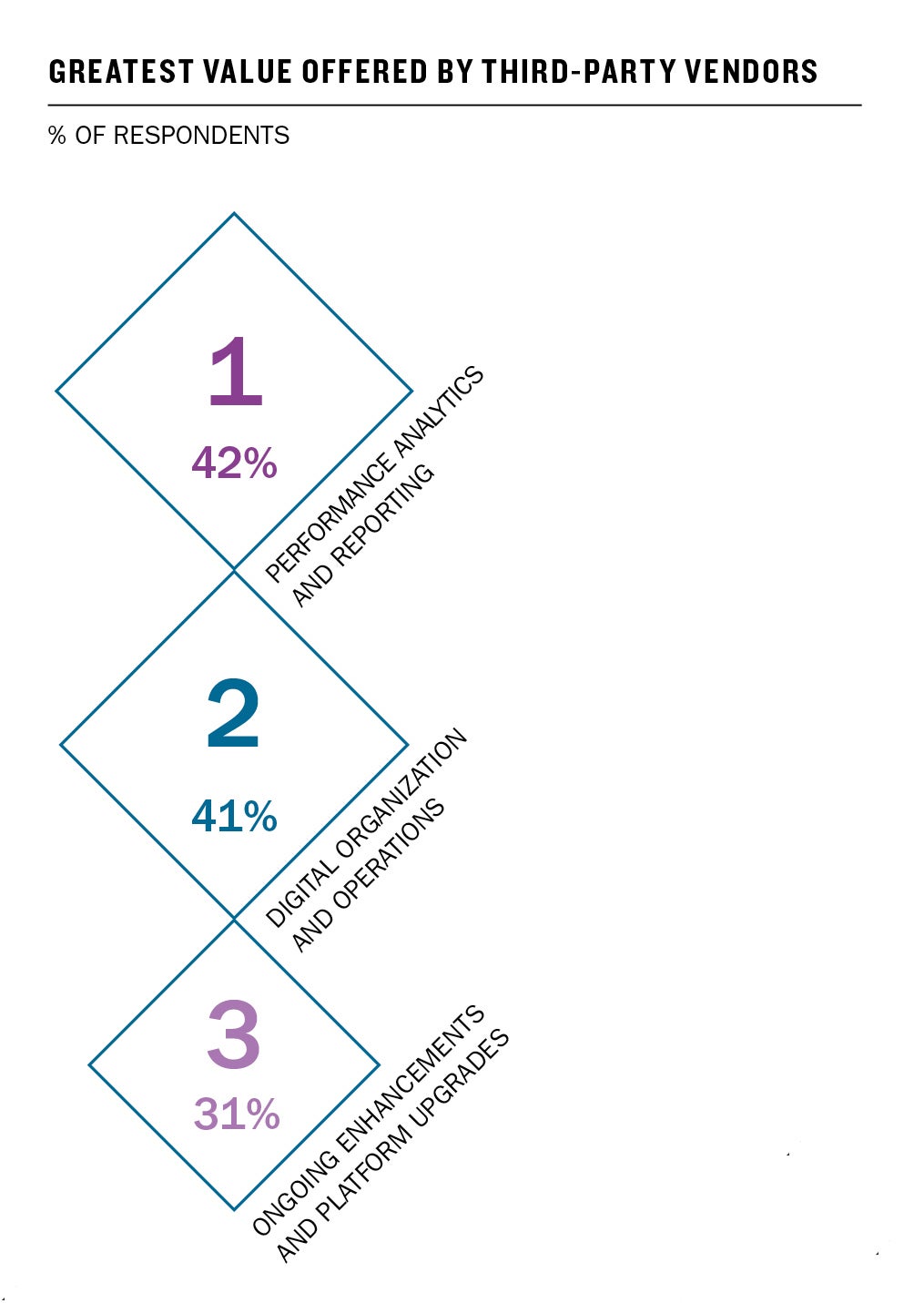The pace at which digital transformation must take place is set by the twin drivers of competition and customer demand. Competitively, the risks for laggards are enormous. Stuck in a pack of firms offering similar services at ever lower costs, a business cannot thrive. The consumption of new digital services is driving the imagination of customers – everything from Pokémon Go to streaming music – and appetites for older models are waning.
The direction of this transformation is less certain, however. As a first step, a firm should consider its competition to ascertain where digital opportunities could add value. Companies should also audit their own resources to identify gaps, and look to available technologies that fit under the digital transformation umbrella. Given the pace of technological change, businesses should do this often.
To deploy resources with the greatest effect, businesses should take guidance from partners that have already tried and tested digital capabilities across a range of scenarios. Learning from others’ experience removes cost and risk.
But this is not a case of rip and replace. The art of digital deployment is to find opportunities where small gains can be made and then expanded as they provide advantage. Taking positive steps toward digital transformation is an iterative process, building gradually to enterprise-wide transformation.

As a source of ignition, third-party providers can help start the process where aversion to change may hold back internal teams. By supplementing the understanding of in-house professionals, third parties can proffer clear guidance on how change will occur and what new roles may look like, overcoming the fear of the unknown.
Just 8 per cent of respondents cite unsuitable third-party vendors as a barrier to change, suggesting the appetite for working with trusted partners is high, and that businesses understand the value they bring and the role they can play. That is further underlined by nearly three quarters of companies agreeing that their current third-party vendors are equipped to provide digital needs.
Vendors’ greatest value is seen in roles supporting the gathering and reporting of a firm’s data via performance analytics, according to 42 per cent of respondents. Helping to establish and manage the process is also seen as a strength.
Engaging with trusted third parties who can provide support early on, and continue as the organization matures throughout the process, helps develop the right skills within the workforce and guides management as the strategy moves forward.






